What You Should Know About Sustainable Aviation and the Impact of Flying.
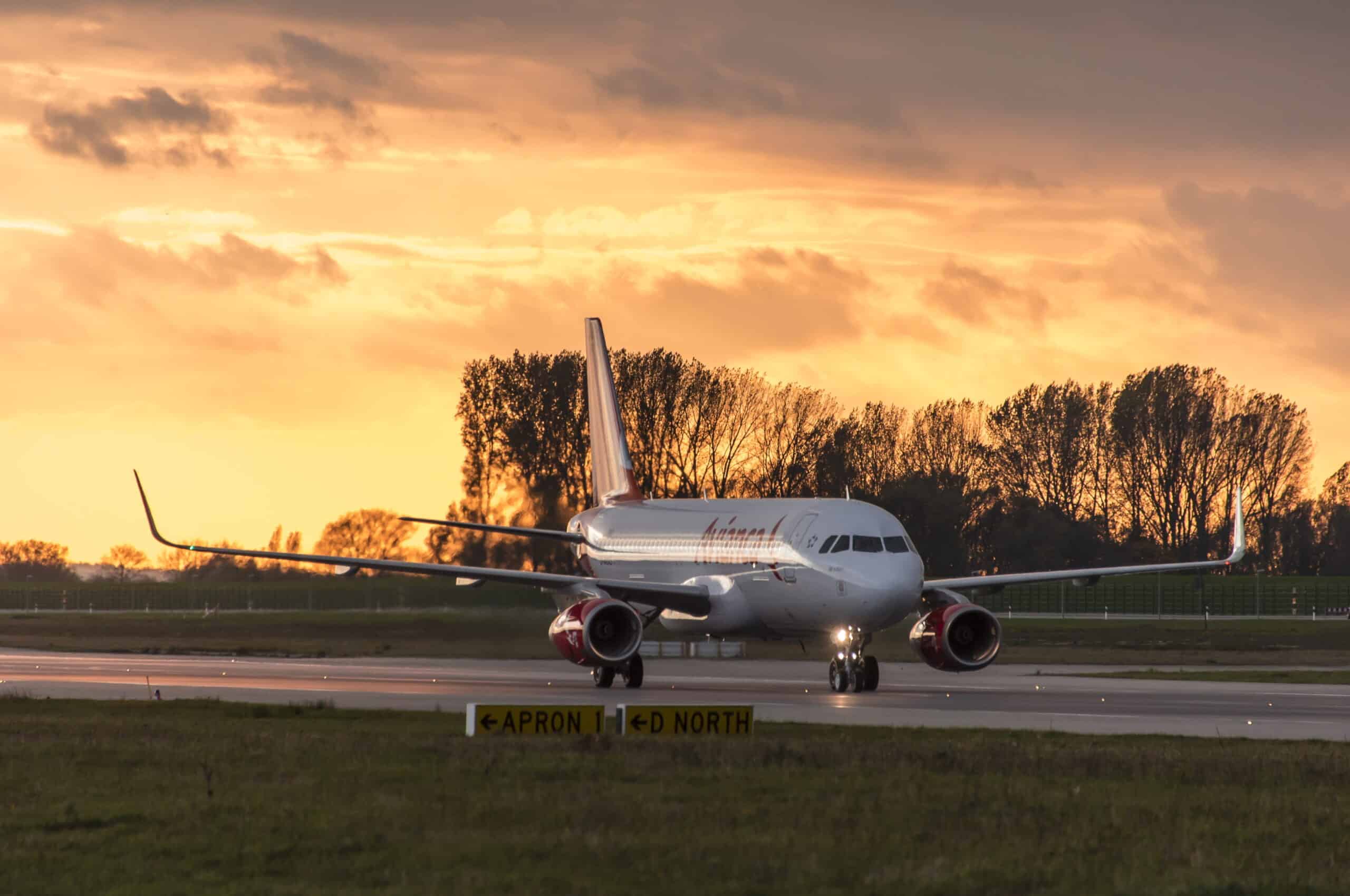
As someone who loves to travel – not just as a source of newness and inspiration, but as a way to experience deep cultural exchange and tell meaningful stories around it – I feel utterly conflicted.
This love for the road, immersing in different ways of life around the world, seeking community and conservation initiatives, and writing about sustainable travel comes at a cost – ironically to the very planet I love and feel driven to protect. This passion, which also feels like my purpose, is often fueled by flying, which accounts for atleast 2.5% of global carbon emissions.
Struck by flight guilt, I’ve embarked on adventurous land journeys to reduce my flying footprint. I’ve travelled using only public transport from Thailand to India via Myanmar, through the length of Iran to Armenia, and crossed many land borders across Central Asia, Latin America and Southeast Asia.
Also read: Do we Need to Reconsider Our Flying Guilt?
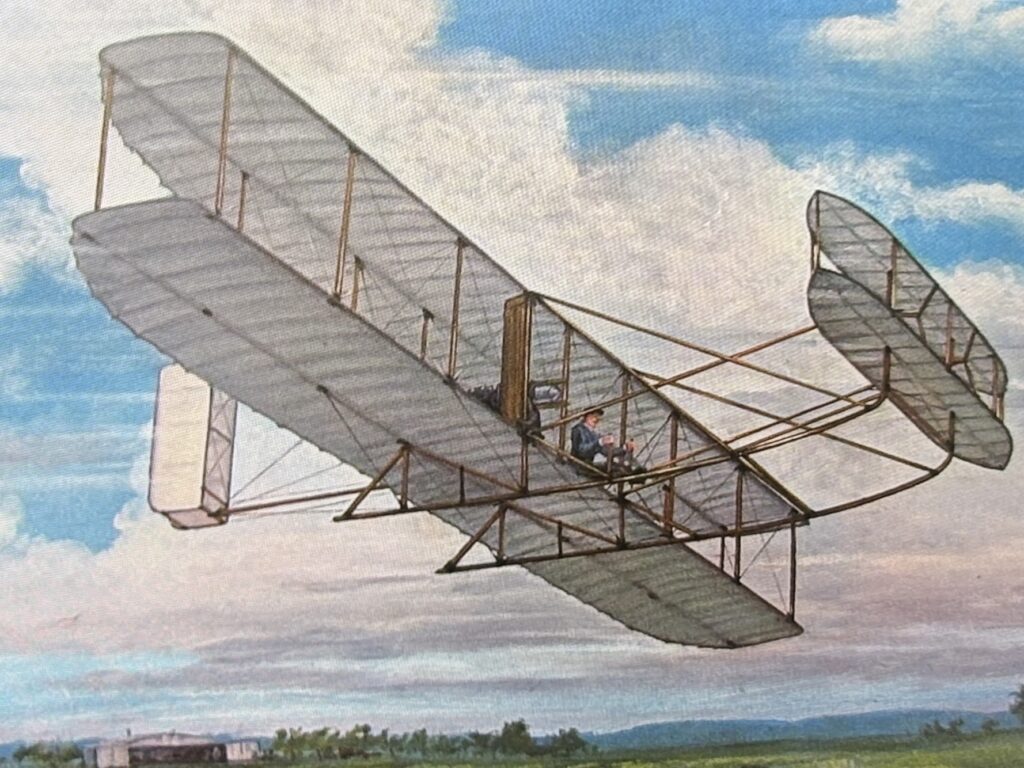
But when I joined the tourism industry to sign Tourism Declares and devised my climate action plan as a travel writer, I was horrified to measure my flying footprint. In 2022, I took 32 flights, emitting a whopping 19.25 tons of CO2e. In 2023, I cut back flying alongside work and leisure travel drastically, reducing my footprint (and mental well-being ;-)) by ~70%. But in 2024, I had to fly halfway around the world to finish my Master’s in Boston. I made a trip of it and spent three months slow travelling in Peru, highlighting stories of community tourism initiatives from the Andean Highlands to the Amazon and Lake Titicaca. Now in 2025, I continue to club travel assignments and slow travel.
Case in point: Sustainable air travel – or the lack of it – feels personal. I *need* the aviation sector to do better, so I can pursue meaningful travel without feeling guilty about flying.
Last month, I got invited to the Airbus Summit 2025 in Toulouse, France – focused on sustainable aviation and innovative flying technologies. It gave me the chance to deepen my understanding of where we are with respect to sustainable aviation, where we need to be, and what it’ll take to get us there. I walked away with a reality check, and having seen prototypes of sustainable flight technologies, some hope that I might fly in an eco-friendly aircraft in my lifetime!
Here’s everything I learnt:
What is sustainable aviation anyway?

Just like sustainable travel reduces the negative impact of travel, and sustainable fashion reduces the negative impact of fashion, sustainable aviation refers to reducing the negative impact of flying.
We are in the midst of breaching a global temperature rise of 1.5°C due to high and rising global carbon emissions. The impact of climate change is visible all around us, in the form of increased and more severe heatwaves, droughts, flooding and other extreme weather events.
The primary ask of sustainable aviation is to decarbonize the aviation sector – aka reduce its carbon footprint. This includes reducing the GHG emissions produced from commercial and non-commercial flights, but also from all the infrastructure supporting it, like airports and ground handling.
But sustainable aviation doesn’t end there. It also means reducing the other environmental impacts of flying, including its plastic and food footprint.
The global aviation sector has committed to a goal of net zero carbon emissions by 2050 – but realistically speaking, we are very far from achieving that goal, atleast now in 2025.
Also read: Is it Possible to Fly Responsibly?
The environmental impact of flying
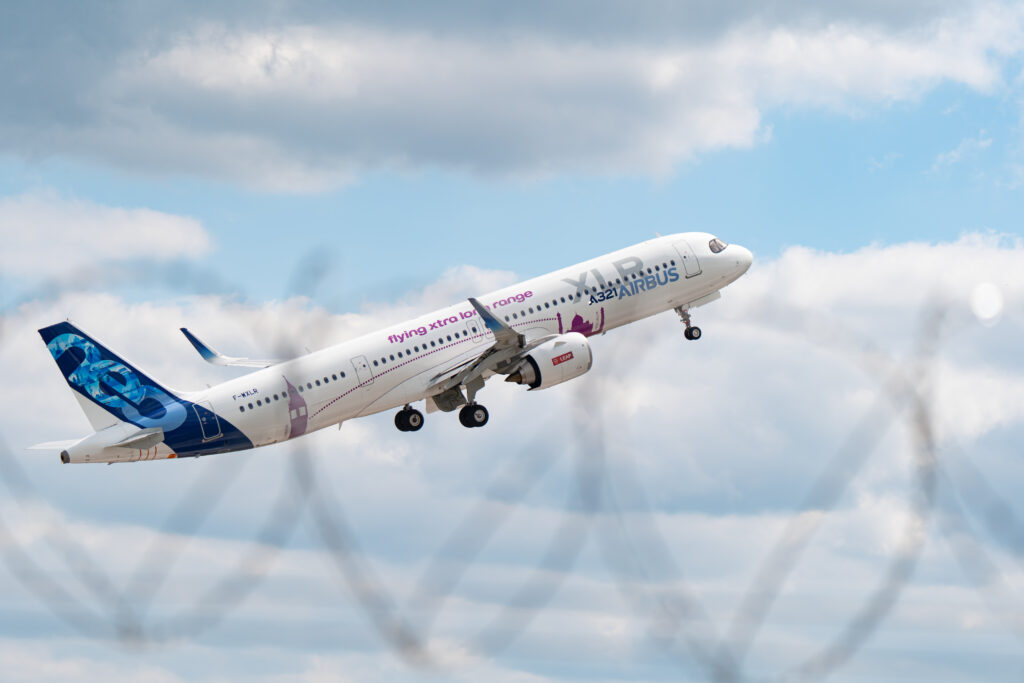
The carbon footprint of flying can be split into three categories:
Carbon emissions from traditional jet fuels: When fuel is burnt during take-off, flying and landing, it releases greenhouse gas emissions, which account for the majority of flying’s carbon footprint.
Contrail emissions: Besides greenhouse gases, aircrafts also emit water vapor. When outdoor conditions are cold and humid, the vapour freezes to make condensation trails (contrails), which trap the sun’s radiation and increase warming. They remain in the atmosphere only for six hours but cause a similar range of warming as CO2 – which means they are way more potent. Contrail emissions are still not well understood, and therefore not yet being measured.
Infrastructure emissions: This includes everything that supports the aviation sector: airports, extraction of raw materials to build planes, plane building facilities, ground transport, fuel transportation, disposal of the aircraft at the end of life etc.
Aviation currently contributes to 2.5% of global carbon emissions, excluding contrail emissions. This share has remained pretty constant over the years as absolute global emissions have grown, indicating that absolute aviation emissions have grown too.
Also read: Everything You Need to Know About Community-Based Tourism
How can aviation become sustainable?
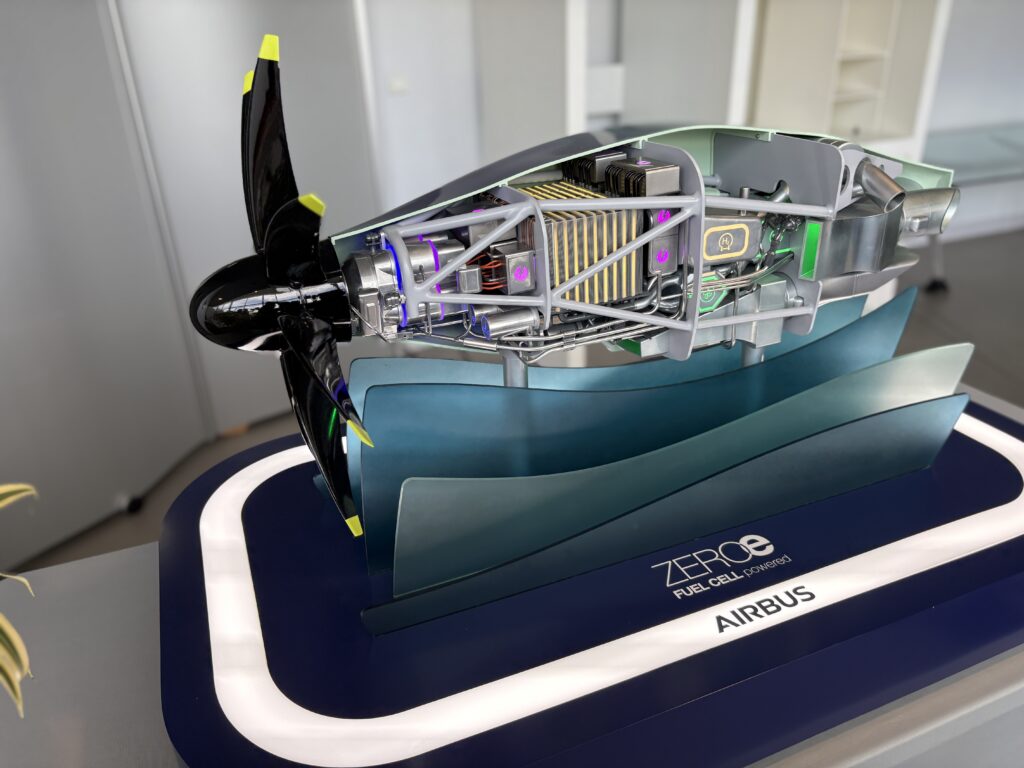
That’s a good question, and as evident at the Airbus Summit, some of the brightest brains in aviation are trying to answer it. Here’s what’s in the works so far:
Sustainable aviation fuel
Sustainable aviation fuel aka SAF is clean, renewable fuel produced from waste materials like waste oils used for cooking, biomass like algae or crop waste, and drawing CO2 out of the air.
Sounds pretty good, right? It is, except that it only contributes to 0.3% of total jet fuel right now, and is expected to increase only to 4-5% of jet fuel consumption by 2030. It’s expensive, there are not enough sustainable feedstocks available for production, and availability is limited to a handful of places whereas the demand is global.
A small amount (less than 3%) of sustainable aviation fuels are also derived from animal fat currently, which is not great, given that animal agriculture itself is carbon intensive. One stat suggests that a transatlantic flight would need fat from 40 pigs to fly. Yikes!
Innovation in aircraft design
Innovative aircraft design for sustainable aviation focuses on reducing the weight of planes as well as wing drag (the aerodynamics force that opposes a flight’s motion in air), to reduce jet fuel use. Airbus A350 and A320 Neo, which have better aerodynamics and are made of lighter materials, are some of the most fuel efficient commercial aircrafts in the market right now.
At the Airbus Summit, I saw prototypes of innovative design technologies in R&D and testing phases:
- Longer, thinner, foldable wings: Airbus is trying to innovate how airplane wings have long looked. Longer, thinner wings will reduce drag and jet fuel use. Foldable wings will allow them to fit into current global airport infrastructure!
- Lighter wings made of composite material: Lighter wing materials will reduce the weight of the aircraft, further reducing jet fuel use.
Hybrid-electric propeller planes
At an exhibition at the summit, I saw a prototype of a hybrid-electric propeller plane – a green aircraft that could be powered by next-gen batteries. Currently these planes can only make short 15 minute flights, but the hope is to have smaller and longer lasting batteries that could power longer plane journeys.
Of course, like with EVs, battery components involve mining in ecologically sensitive areas, and if not monitored closely, can have devastating consequences. Battery recycling is a challenge to be tackled too.
Green hydrogen aircrafts
Personally, I’m most excited about the possibility of flying on environmentally-friendly airplanes powered by green hydrogen! Airbus had an ambitious 2035 launch target, which has been delayed to the late 2030s. At the summit, I saw tech on display to power the Airbus’ ZEROe green hydrogen aircraft, and had a chance to chat with the Head of Hydrogen at Airbus as well as engineers working on it.
The challenges of green hydrogen aircrafts are massive:
- Green hydrogen is hydrogen produced using renewable energy, so it is expensive and availability is currently very limited.
- The production technology has to adapted from spaceships to long haul flights – that’s a big ask. It means lighter and more compressed hydrogen tanks, better energy efficiency, and safely managing hydrogen inside an aircraft.
- The entire green hydrogen ecosystem still needs to be developed. That means, readying airports and airlines for refueling, regulating the quality and quantity, managing the price, and ensuring storage and distribution.
Something I didn’t want to hear is that even when (if) a green hydrogen aircraft finally takes off, SAF will still be needed. This is because the lifespan of conventional planes is 30 years, plus in the initial years, green hydrogen might only be able to support short range flights.
Decarbonizing airports, ground transport and flying infrastructure
This is low-hanging fruit. Airports around the world, from Kerala and Delhi to Bhutan, are already being powered by solar. Ground transport vehicles often tend to be EVs. At an insider visit of an A350 facility in Toulouse (yes!), we learnt that 55% is powered by solar.
Also read: How Farmers in Haryana Are Using Technology in the Face of Climate Change
Challenges of sustainable aviation

Besides the technological and financial challenges of individual technologies, I see two major challenges in sustainable aviation that have restricted its pace:
Lack of strong regional and global government policy
The global aviation sector has set a net zero target of 2050, but the pathway to get there is not yet clear. The EU set a requirement for European airlines to use 2% SAF in jet fuel by 2025, and 6% by 2030. But Reuters recently reported that airlines are likely to miss their SAF targets this year, because the price of SAF is too high, availability too low, and the EU’s requirement will make European airlines uncompetitive.
This is a humongous challenge. We need strong regulations globally to lay out a realistic pathway for sustainable aviation. But as that happens, we cannot allow flight prices to be affordable only for the world’s richest few, whose consumption has ironically led us into the climate mess. Travelling is a privilege but in many ways also essential, making sustainable aviation a climate justice issue (I hope to write more on that soon).
Aviation growth
During our Q&A on SAF with the sustainability head of Airbus, I raised the following question:
SAF is expected to contribute only 4-5% of total jet fuel use by 2030. But aviation growth is projected to be much higher. That means growth in SAF will be cancelled (or exceeded) by the growth in aviation. So do we need to talk about degrowth, or limits to growth?
I know there are no easy answers. In our capitalist society wrought by a climate crisis, no one ever wants to talk about reducing consumption or setting a limit to economic growth. But we also know that we can’t grow infinitely on a finite planet.
Also read: The Swiss Alps on an E-bike: 385 Km, 7 Alpine Passes, 6 Days!
The future of sustainable aviation
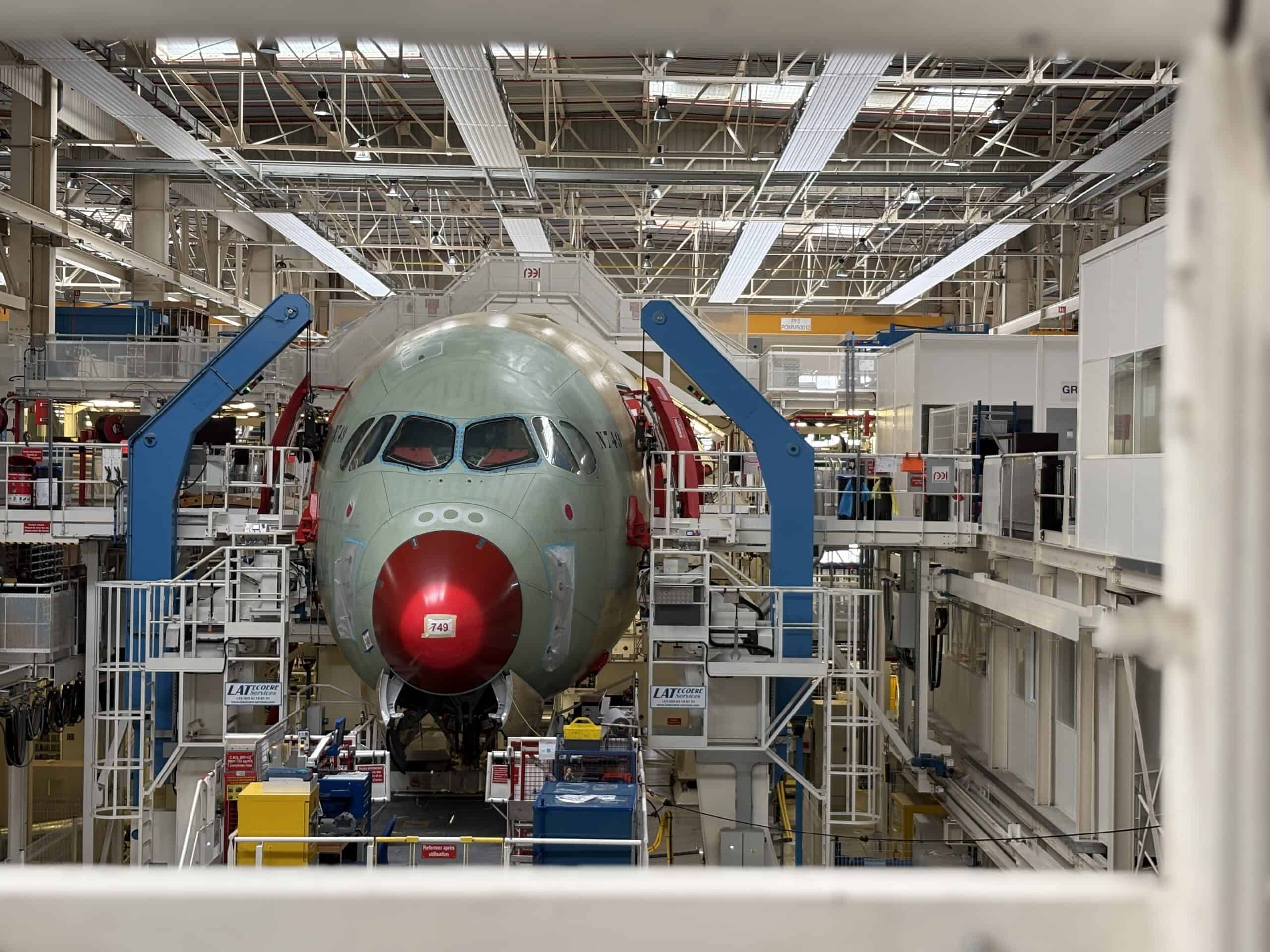
So what does the future of aviation hold?
I almost wish the discussions and debates at the Airbus Summit had been somewhat sugarcoated! I walked away with a reality check, and the realization that if we have to work within the capitalist system, the only way forward might be a combination of policy and technological innovation. Along the way, we also can’t afford to forget that flying is the backbone of tourism, which accounts for ~1 in 10 (formal) jobs globally, and when done right, contributes to cultural appreciation, conservation work and sustainable community development.
Do you feel guilty while flying? How do you think sustainable aviation goals will be achieved?
*Note: I was invited to the Airbus Summit 2025 as part of a group of international journalists and creators. As you know, opinions on this blog are always mine.
Hi there! I’m Shivya, and I started this travel blog back in 2011, when travel wasn’t trendy, Instagram didn’t exist and AI wasn’t a thing (simpler times, I know!). I write about slow, meaningful and conscious travel – that is good for us, the places we visit, the people we meet along the way, and the planet at large. Settle down, grab a cup of tea, and read stories that remind you of the essence of travel. I’m so glad you found me!








Shivya, this post is incredibly insightful and thought-provoking. Your deep dive into the challenges and innovations in sustainable aviation resonates with anyone who’s passionate about responsible travel. I appreciate how you balance the complexities of aviation’s environmental impact with the hope that technological innovations like green hydrogen and sustainable aviation fuels could be game-changers.
Given your expertise, where do you see the most promising advancements in aviation sustainability in the next 5-10 years?
Thanks for sharing such an honest and informative post. Sustainable flying is so important, and it’s great to see people pushing for change while still exploring the world responsibly.
An insightful and thought-provoking piece on the challenges and innovations in sustainable aviation. Your personal journey adds depth to the discussion. Thank you for shedding light on this crucial topic.
Another thought provoking and excellent article Shivya. I do think this is a huge challenge, obviously, but wonder if we also need to look at return on emissions also. How much direct and induced economic impact is there for each flight? If a small island developing state has a significant proportion of its current GDP reliant on aviation (including tourism), do they have a better case to continue to encourage flights. Ie ceasing flights would commit them to poverty unless alternative economic drivers are provided.
I spoke at an event recently about the emissions generated by the built environment (c. 30-35%). This is one of the main reasons I champion low season tourism. So that we encourage travellers and destinations and developers to use the existing infrastructure which sits dormant often for up to 6 months a year. We need to stop building new resorts until or unless we are able to fill existing properties year round. It’s not easy. It takes creative marketing and leadership. But as you know, the low season experience is not at all bad – in fact in most cases it’s better.
As far as I can see, aviation can’t decarbonise quick enough versus the growth projections. By Airbus’ and Boeings own projections, the world’s aircraft fleet size is set to double in the next 20 years. Double! Now if the impact of that on the planet, communities and destinations isn’t scary, I don’t know what is…
I like the article, so informative and knowledgeable. I ll share with my friends.
Thanks for sharing, travelling is a self-cultivation.
This was a really eye-opening read. It’s encouraging to see the aviation industry taking steps toward sustainability, but also a reminder that there’s still a long way to go. I appreciate how you broke down the environmental impact of flying and offered practical tips for more eco-conscious travel. The push for alternative fuels and carbon offset programs is promising—let’s hope more airlines commit to real change. Thanks for shedding light on such an important topic!
Interesting read! Sustainable aviation is key to reducing flying’s environmental impact. Excited to see how green tech shapes the future of air travel!